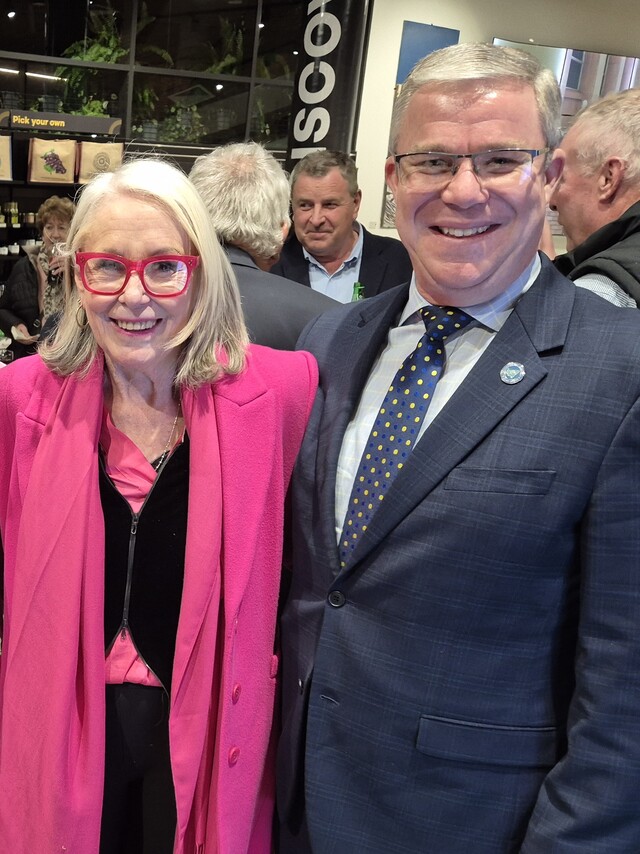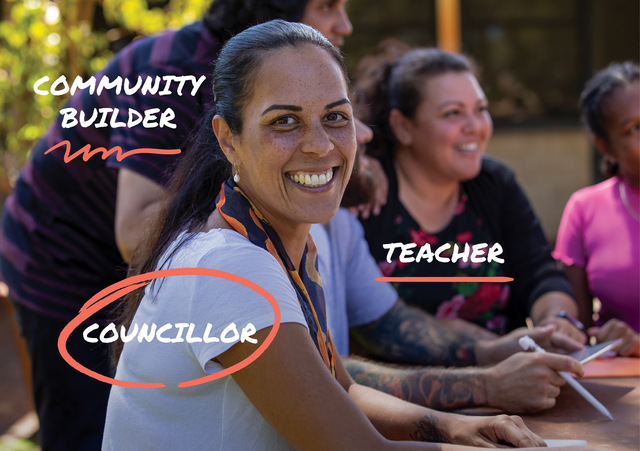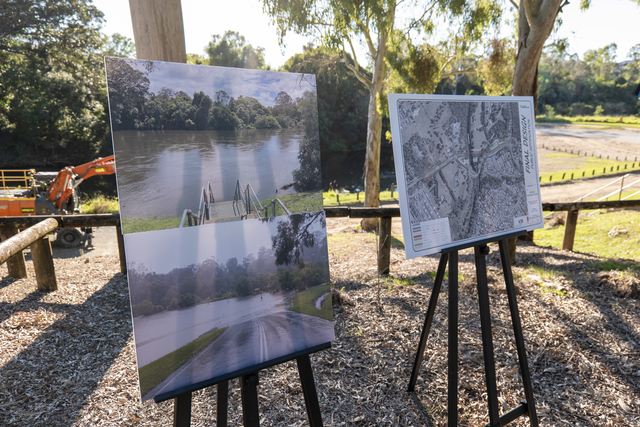Orange City Council is harvesting stormwater for potable use as part of its recently completed $4.9 million Blackmans Swamp Creek Stormwater Harvesting Scheme project.
Jointly funded by the New South Wales Government, the project is one initiative from Council’s integrated package of structural and non structural programs to help secure the City’s water needs.
Under the harvesting project, Council began transferring a portion of storm flows from Blackmans Swamp Creek to Suma Park Dam in April, where it is supplementing the City’s raw water supplies.
Orange Mayor, Councillor Reg Kidd, said Blackmans Swamp Creek, which was not originally part of Council’s water supply, has been suggested as a potential supply for a number of years.
“Council’s Technical Services Division investigated it as a supplementary water source last year due to falling dam levels and continuing drought,” he said.
In an average year, 11,000 megalitres flow down this watercourse, with high flows of up to 25,000 megalitres. This means approximately 2,200 megalitres could be harvested under the scheme each year, which on current usage is equivalent to more than 200 days’ supply.
While there are numerous stormwater harvesting programs in Australia for non potable use, Orange is believed to be the first to harvest stormwater on this scale for potable use.
“This project meets the standards of the Australian Government’s National Health and Medical Research Council as detailed in the Australian Drinking Water Guidelines,” Mayor Kidd said.
“The harvested stormwater is tested by Analytical Laboratory Services (ALS), an independent laboratory based in Sydney.
“ALS tests for 90 potential pollutants, and to date, tests have revealed that the water quality meets all targets.”
To maintain this standard, extensive testing, barriers and treatments have been put in place throughout the scheme.
The first barrier is a gross pollutant trap upstream from the harvesting site, which removes rubbish and large solids.
The harvesting site itself is a two metre high weir. It is designed to maintain a base flow that allows significant dilution to take place before harvesting commences.
The water is then pumped to a 200 megalitre dam at a rate of up to 450 litres per second, where it is settled. It is then transferred to polishing pools for testing and treatment.
Once the necessary water quality standards have been achieved, the water is pumped into Suma Park Dam, which has a capacity of 18,500 megalitres.
“A drier future, albeit with more extreme storm events, makes stormwater harvesting from an urbanised catchment a sensible option to consider,” Mayor Kidd said. “However, taking water out of a system must have a downstream impact.
“We have hardware in place, operating rules have been developed and environmental factors and impacts on downstream users have been considered.
“A three month trial will ensure all these elements are working together to ensure high water quality and environmental standards are met. During this commissioning phase, operating protocols will be reviewed continually and when necessary amended.”
For further information contact Council’s Director of Technical Services, Chris Devitt, on (02) 6393 82400.







